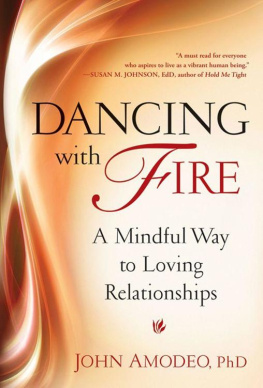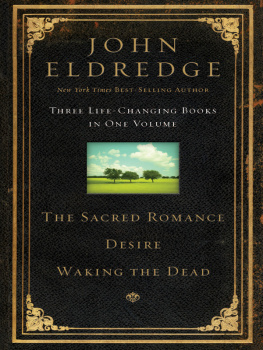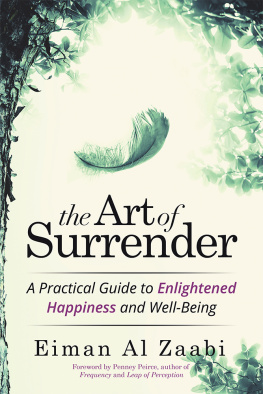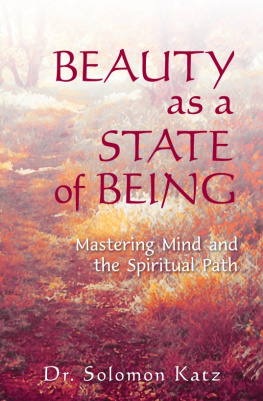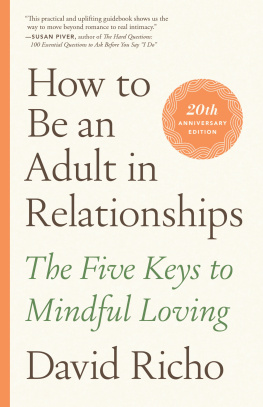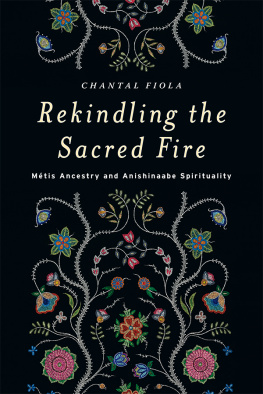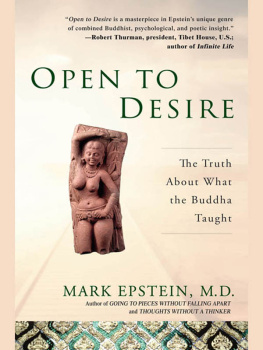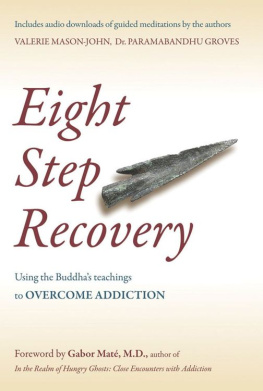

Learn more about John Amodeo and his work at:
http://johnamodeo.com/
Find more books like this at www.questbooks.net
Copyright 2013 by John Amodeo
First Quest Edition 2013
Without limiting the rights under copyright reserved above, no part of this publication may be reproduced, stored in or introduced into a retrieval system, or transmitted, in any form, or by any means (electronic, mechanical, photocopying, recording, or otherwise), without the prior written permission of the publisher of this book.
The scanning, uploading, and distribution of this book via the Internet or via any other means without the permission of the publisher is illegal and punishable by law. Please purchase only authorized electronic editions, and do not participate in or encourage electronic piracy of copyrighted materials.
While the author has made every effort to provide accurate telephone numbers and Internet addresses at the time of publication, neither the publisher nor the author assumes any responsibility for errors or for changes that occur after publication. Further, the publisher does not have any control over and does not assume any responsibility for author or third-party websites or their content.
For additional information contact
Quest Books
Theosophical Publishing House
P. O. Box 270
Wheaton, IL 60187-0270
Cover design by Mary Ann Smith
Library of Congress Cataloging-in-Publication Data
Amodeo, John.
Dancing with fire: a mindful way to loving relationships / John Amodeo.1st Quest ed.
p. cm.
ISBN 978-0-8356-0914-2
1. Interpersonal relations. 2. Intimacy (Psychology). 3. Spirituality. I. Title.
HM1106.A54 2013
302dc23 2012043550
ISBN for electronic edition, e-pub format: 978-0-8356-2118-2
5 4 3 2 1 * 13 14 15 16 17
Table of Contents
Dedication
This book is dedicated to all those who feel deeply the anguish in todays world and who feel moved to make some small contribution to improving the quality of life for all and protecting our precious planet.
I also dedicate this book to my clients, who have allowed me to accompany them on their sacred journeys toward themselves, toward others, and toward life itself. Im deeply grateful for the trust they have placed in me.
Acknowledgments
I want to express my deep appreciation to the following people, who generously spent time poring over the manuscript to offer helpful feedback and suggestions: Leona Dawson, Joya DCruz, Bruce Gibbs, and Jean Holroyd.
I also want to thank those who offered invaluable input and important help with various parts of the manuscript: Pamela Meigs, Kye Nelson, Laury Rappaport, Steven Ruddell, and Jim Wilson.
Special thanks to Madelaine Fahrenwald for her astute refinements and brilliant editing of the manuscript.
Profuse thanks to my devoted literary agent, John White, for his longtime support of me and my work.
I also feel great appreciation for the magnificent staff at Quest Books, especially Sharron Dorr, publishing manager; Jessica Salasek, publicist; and Joanne Asala, editor. Their enthusiastic support of the book was most heartening.
Someday, after mastering the winds, the waves, the tides and gravity, we shall harness for God the energies of love, and then, for a second time in the history of the world, man will have discovered fire.
Pierre Teilhard de Chardin
Introduction
For many years, I awkwardly straddled two worlds without being fully comfortable in either one. My spiritual buddies made a convincing case: the key to life is finding inner peace and liberation through meditation and spiritual practice. My psychologically minded friends made an equally compelling argument: to love and be loved is what life is all about; contacting and expressing our human feelings and needs bring the love, joy, and juiciness that our heart longs for.
My spiritual friends echoed teachers who dismissed the value of personal growth. People who pursued interpersonal fulfillment were affectionately known as relationship junkies. This path was viewed as feeding the ego and strengthening the personalitya seductive distraction from the awakening offered by meditation and spiritual work. Scowling from the other camp were the psychologically minded who viewed spirituality as an avoidance of feelings and a denial of basic needs for love and intimacy. They dismissed meditation as self-centered navel-gazinga narcissistic path of self-absorption.
For many years, I wondered if we are working at cross-purposes if we pursue a spiritual practice and loving relationships. Over the course of many decades, what I once viewed as an unbridgeable gap I now see as converging paths. Suggesting that we must choose between interpersonal fulfillment and spiritual development is to overlook how these are two sides of the same coin of awakening. This book explores how the path of liberationa vibrant and intimate connection with lifeis synonymous with satisfying love relationships.
A Love Affair with Life
During shining moments, when our defenses melt and our heart opens wide, we may make a startling discovery: the path toward love and intimacy leads naturally toward a spiritual life. Conversely, the path of spirituality leads naturally toward deeper love and intimacyif we learn to attend to our experience in a certain mindful way.
Spirituality is a term used so casually that we are in danger of losing its sacred meaning. Unlike religion, which binds us to a creed of beliefs that often divide us, spirituality points to a deeply felt experience that connects us. Living with spiritual sensitivity means having a love affair with life. It is the juiciness of being alivea vibrant intimacy with ourselves, others, and life itself.
Attuning to life with exquisite sensitivity and a loving openness is the essence of spirituality. We awaken to the poignancy of each sacred moment. We are available to touch and be touched by life and love. Living and breathing in harmony with existence itself, we recognize that our lives are interconnected with the life that thrives around us.
Honoring Desire
A Chinese Zen story portrays a common pitfall of the spiritual path. A devoted old woman supported a monk for twenty years. She built a hut for him and brought him food every day. Wondering what progress he had made, she sent a beautiful young girl rich in desire to visit him and instructed her to embrace him and report his response.
The young seductress visited the monk and, without hesitation, caressed him and asked how he felt. Standing utterly stiff and lifeless, he replied poetically that he felt like a withering tree on a rock in winter, totally without warmth. Hearing of the monks heartless response, the old woman was quite displeased. To think I fed that fellow for twenty years! Concluding that he was a fraud, she straightaway evicted him and burned down his hut.
The monks chilly response seemed to convey that he had transcended desire, but the old woman recognized that he had merely replaced one desire with another. He was now clinging so tightly to meditative absorption that he was dissociated from his human longings and feelings. Here we see the common hazard of denying our fiery desires rather than finding peace with them.
Life is a dance with fire. Trying to extinguish human passions rather than dancing with them propelled them underground, where they soon returned with greater ferocity in the form of a firestorm that destroyed the monks home. We can also imagine that if he had surrendered to the young womans seduction, he might have faced a different peril becoming attached to an unaccustomed pleasure or allowing himself to fall in love and then facing loves potential loss. There is no escaping life and the longings that are hinged to it. Life invites us to give desire its proper due and engage with it in ways that nourish us rather than sabotage us.
Next page
